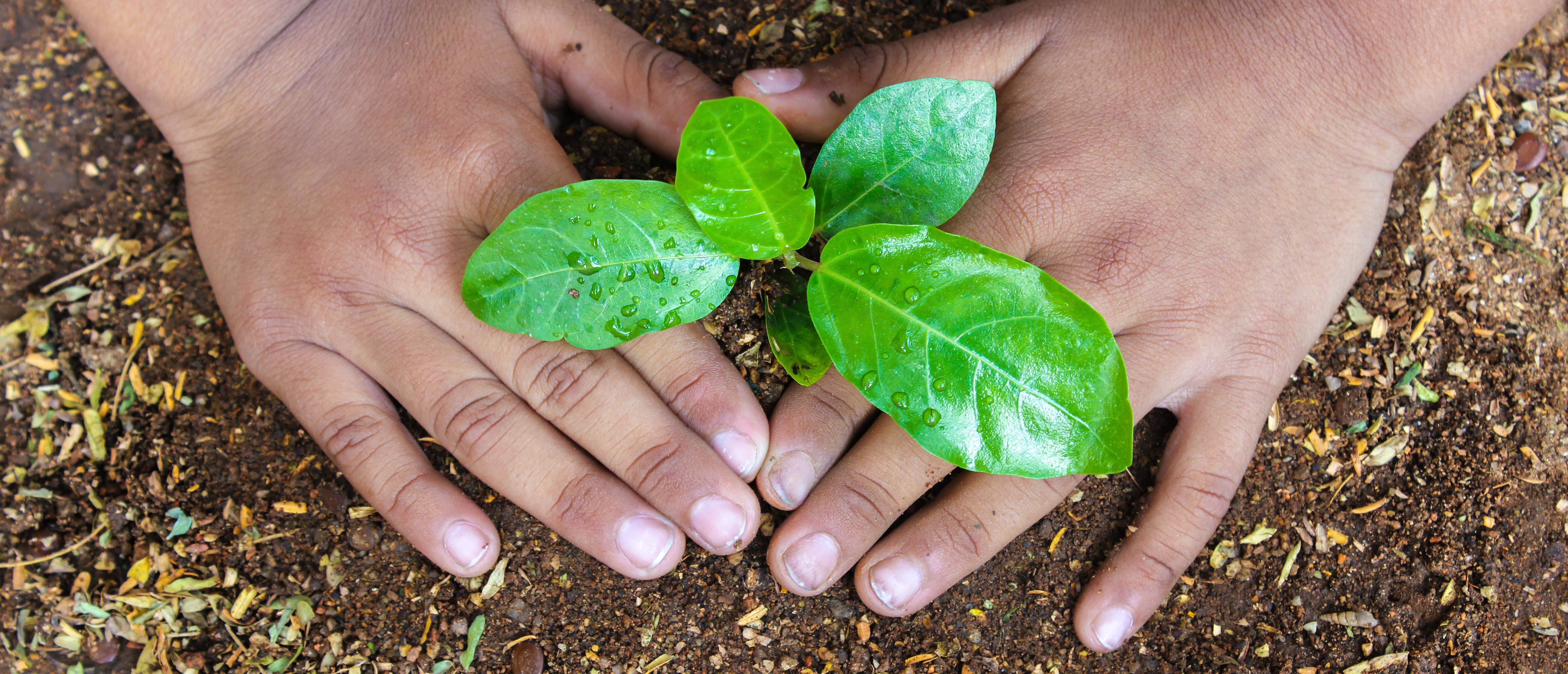Using Soil to Fight Climate Change
Authors: Seth Itzkan, Karl Thidemann & Bill Mckibben | Published: March 25, 2017
Lake Champlain, the crown jewel of New England, is sick. Every time it rains, fertilizer runs off farms, flowing downstream to pollute the rivers and lakes we cherish.
Two bills under consideration by the Vermont Legislature, S.43 and H.430, promise to address this problem — and fight global warming. These bills promote practices that enhance soil’s natural ability to retain water, nutrients and carbon. According to the Natural Resources Defense Council, a 1 percent increase in soil organic matter enables each acre to hold onto an additional 20,000 gallons of rainfall. More water absorbed into soil means less irrigation is needed and pollution of water bodies decreases.
At the 2015 Paris climate talks, France’s minister of agriculture, Stéphane Le Foll, introduced the international “4 per 1,000” climate and food security initiative, calling on nations and regional authorities to boost the carbon content of their soil by 0.4 percent per year. In conjunction with deep cuts in fossil fuel emissions, this seemingly modest improvement to soil would draw down enough carbon to halt the increase of the carbon dioxide concentration in the atmosphere. That’s the good news. The bad news is the CO2 level is already dangerously high.
As spelled out in climate guru James Hansen’s latest paper, “Young People’s Burden,” negative emissions are now in order. In addition to keeping fossil fuels in the ground, we also need to remove excess CO2 from the air. Anything less is a prescription for disaster.

